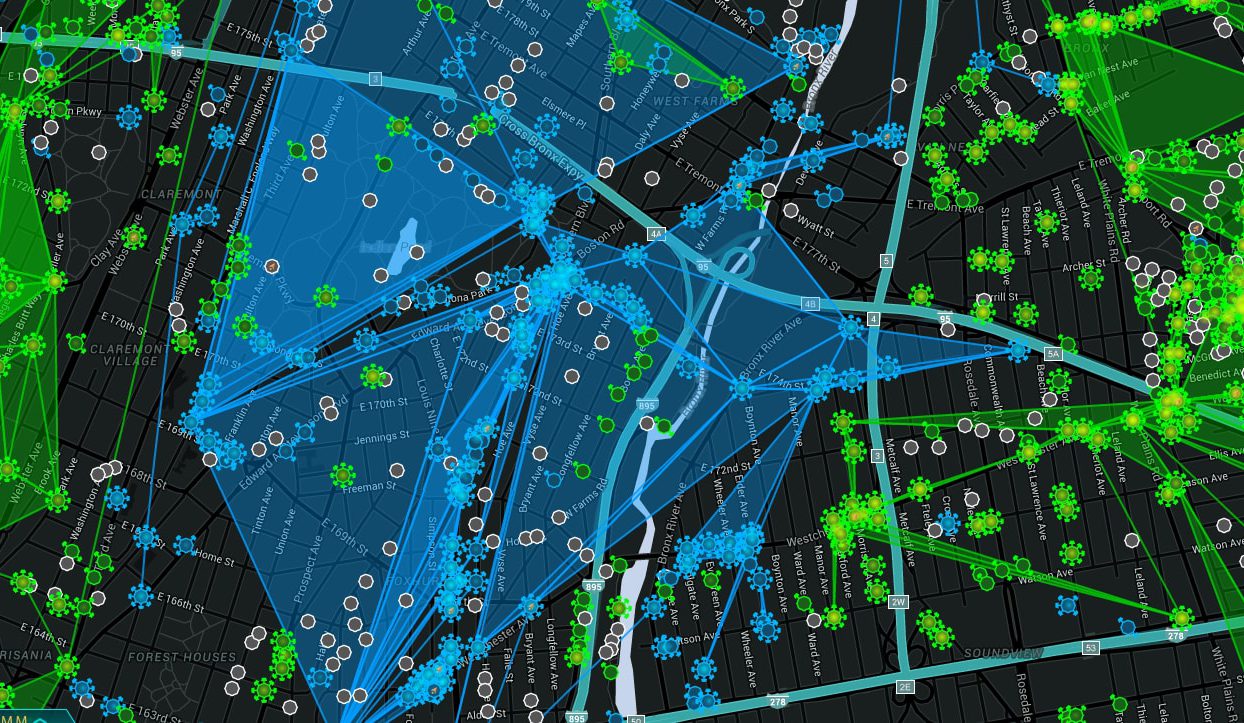

Running around central London locating the likes of Dragonair, Dewgong, Tentacruel and a disappointingly awful Starmie was great fun, but that appears to be the main problem with the app – if you’re in a rural area, GoRadar doesn’t produce the same results as within a city, and the three star rating on the App Store reflects this.Īnother option that is has an impressive four star rating is PokeAlert (Free), which is riding high in the free section of the App Store. While I did have a few issues with locating some Pokemon that were on the nearby section of the actual app – that Poliwrath refused to be found, both on GoRadar and actually within Pokemon GO – it has been very accurate with the Pokemon it does detail. There are also options to view Pokestops, Gyms, only show favourite Pokemon or hide common variants, and also customise how distance and time is shown (for example, you can change the time a Pokemon will despawn into a Pokevision-style timer). You can also click on an icon to know the time whereby the Pokemon will despawn and disappear into the Pokemon-ether. It uses the same principles as other trackers, in that it plots a Pokemon on the map through a color-coded silhouette matching its primary type. The most reliable option I’ve tried in the past few days is GoRadar (Free).


Thankfully for anyone lamenting the termination of this tracker, a few new options have popped up on the App Store in the past week which, while not as brilliantly consistent as Pokevision, do help somewhat in finding the rarer Pokemon in your local area. The new ‘Sightings’ tab is somewhat effective, but compared to the glory days of Pokevision where the exact coordinates of Pokemon locations were plotted, it’s still a bit of a scramble to locate the specific critter you’re looking for. However soon after I compiled this data, Niantic, developers of Pokémon Go, locked down the API so it was impossible to run the script anymore.īelow are some of the more interesting pokémon heatmaps.Despite some promising action from Niantic in implementing a brand new tracking system into Pokemon GO (Free), this additional feature has yet to roll out to everyone playing the augmented reality creature catching simulator.

These maps, that I later shared on reddits and Facebook groups, were a major hit. In Tokyo, Pikachu was spawning in Shinjuku Gyoen National Garden:įinally, in Vilnius, Lickitung could only be found on the Gediminas castle hill. Paras really liked the western part of Hyde park, London: You could see, for instance, that: Pinser appeared almost exclusively in Central Park in New York: I then used this data to build heatmaps: over a hundred images, for for each pokémon, for each city. For 4 cities - New York, London, Tokyo and my own city Vilnius - I queried the API non-stop for as big a radius as I could, registering millions of pokémon “appearances”: moments when a certain pokémon spawned at a coordinate. I came up with an idea to use this API to create heatmaps instead of live maps. This hunting with live maps was incredibly powerful way to find rare pokémons. Quite quickly, people developed tools to query the API for locations, allowing to find if certain pokémon were at any given spot. It exploded as the most hyped game of the summer, and it seemed that everyone was playing it. The week when Pokémon Go became available worldwide was very crazy. Heatmap showing Pokémon Go sightings of Poliwag in London Pokemon Go map showing sightings of Poliwag in Londond


 0 kommentar(er)
0 kommentar(er)
